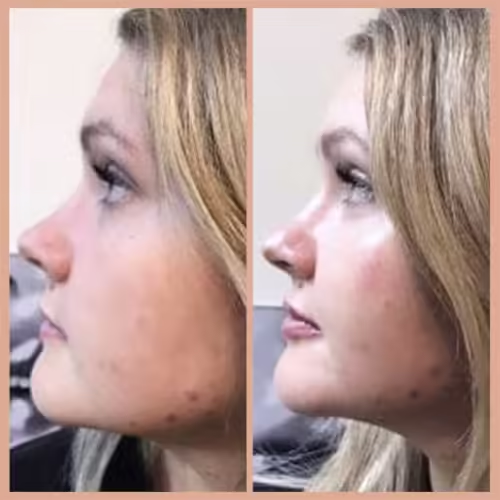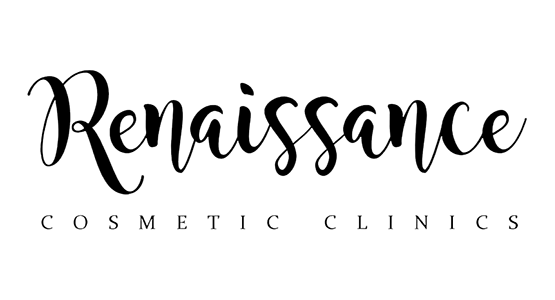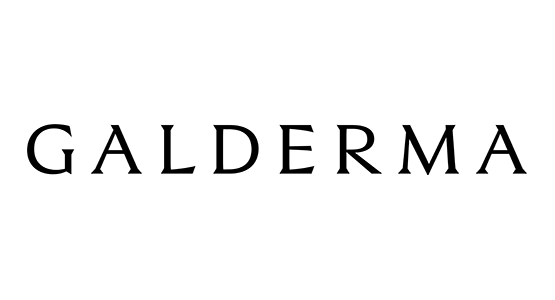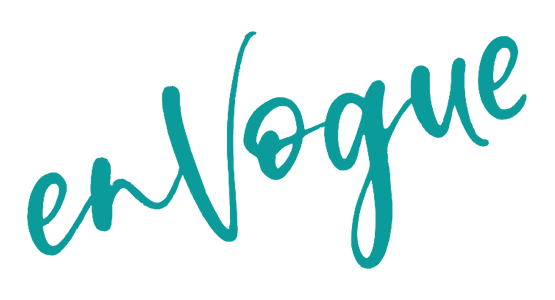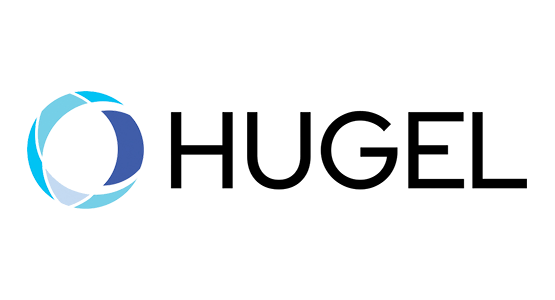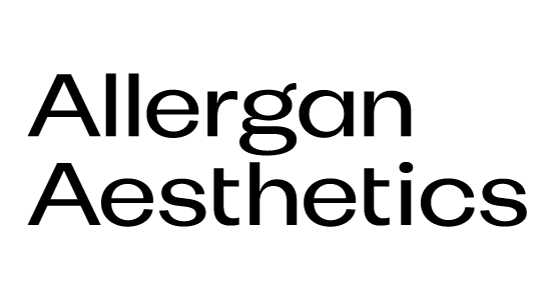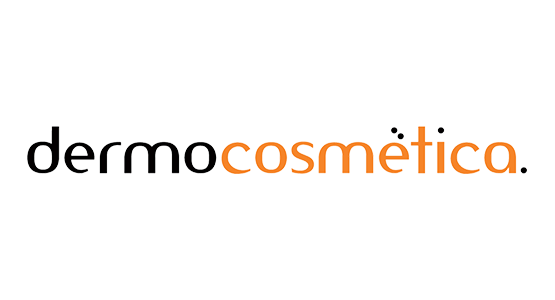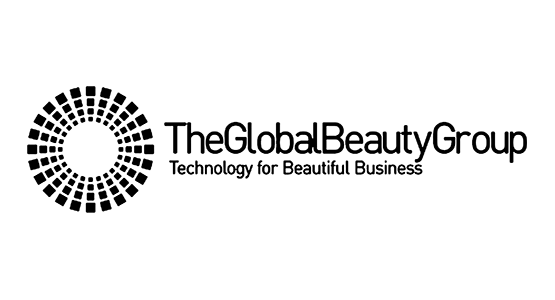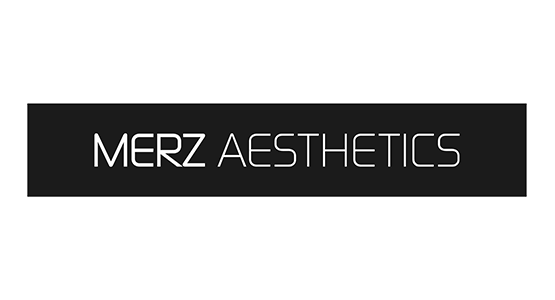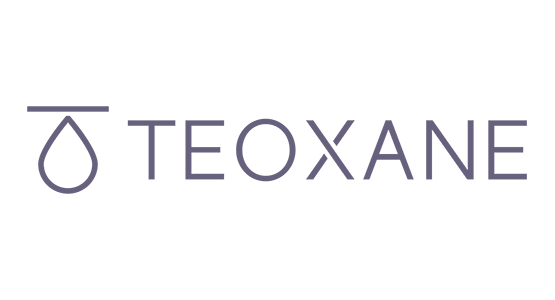Hamilton Skin Clinic Treatment stats
Treatment Time
(Depending on number of areas being treated)
Recovery Time
Results Last
(Depending on metabolism & area being treated)
Brow Lift Injections
The Perfect Lift
Eyebrows are one of the most essential features of the face, giving depth to the eyes. Having ‘open eyes’ makes the face look younger and rested, as well as a healthy glow.
At Hamilton Skin Clinic we offer effective brow lift treatment using Botulinum toxin, commonly known as wrinkle reduction brow lift injections. Administered by Nurse Jo through strategically placed injections, this treatment elevates the brow arch for relaxed, refreshed and wider eyes.
Brow Lift Injections are one of our most popular anti-aging procedures for both women and men who have mild to moderate heaviness in the brow area. It’s quick, relatively painless, with zero to little downtime and stunning results. This is the perfect alternative for anyone who wants a refreshed elevated brow look without having to undergo invasive cosmetic surgery.
What Our Clients Say
Aesthetic Criteria & Anatomy Of The Brow Lift
Eyebrows have three parts: a head, a central body and a side tail. The ‘head’ of the of the eyebrows starts from an imaginary line which passes up the side of the nose and the inner canthus (inner corner of the eye). The eyebrow arch (the highest part of the eyebrow) is on an imaginary line which starts from the ala (side of the nose) and passes through the centre of the upper eyelid. The eyebrow tail is on an imaginary line starting from the side of the nose and passing through the outer canthus of the eye (outer corner of the eye) and must be a little bit higher than the eyebrow ‘head’.
Amongst women, the eyebrow is above the bony margin, whereas it is a little lower for men. Women’s eyebrows have a raised tail, whereas men’s are horizontal.
Anatomically, the eyebrow is a musculocutaneous pad. Externally, the adipose Charpy pad forms a crescent whose size varies according to the individual. The eyebrow’s position and shape are controlled by a muscular balance: a muscle for upwards motion, the frontal muscle, which doesn’t exist for the outer third of the eyebrow, and three downwards motion muscles, the ‘corrugator’ muscle, the orbicular muscle and the supercilia muscle.
Around the three zones (head, body and eyebrow tail) the opposing muscle movements are different:
- Eyebrow head: the opposition between the lifting frontal muscle and the three downwards muscles: the procerus, the corrugator and the depressor supercilia.
- Body: the opposition between the lifting frontal muscle and the downwards . orbicular muscle.
- Tail: there is no opposition, as only the downwards orbicular muscle controls this area.
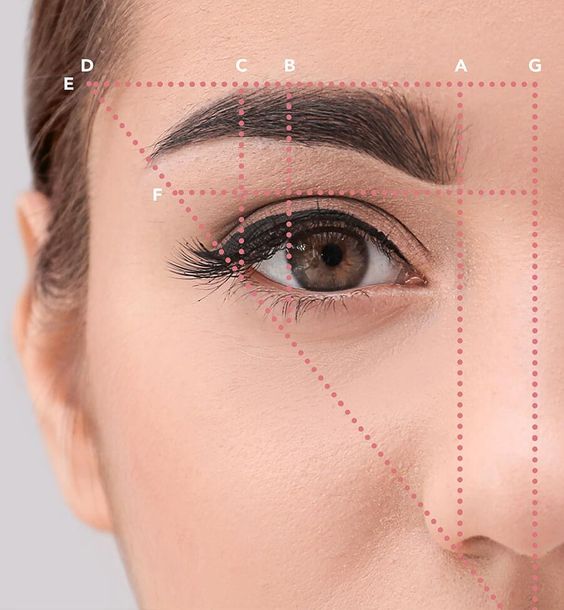
The Ageing of The Eyebrow
With the passage of time, eyebrows undergo changes, for which there is a scale:
- Ageing of the skin and muscles, sagging of the skin and drooping of the eyebrow tail.
Reabsorption of the Charpy pad resulting in a hollow appearance (looking sad and tired), overall slump to the eyebrow, loss of depth and facial ageing. - Appearance of the ‘lion’s wrinkle’ (frown lines) due to the corrugator muscle.
- Appearance of horizontal lines at the bridge of the nose thanks to the movement of the procerus muscle.
- Appearance of crows’ feet thanks for the movement of the orbicular muscle.
- Change in the eyebrow position, perhaps falling lower (when the reactionary contractions of the frontal muscles are insufficient), or perhaps moving higher (when the reactionary contractions of the frontal muscle are stronger than the downward movement caused by ptosis of the temple and eyebrow).
- Sagging of the temple skin and hyperactivity of the orbicular muscle (leading to the descent of the eyebrow). This leads to an excess of skin around the upper eyelid which Blepharoplasty can only partially treat.
- Sinking or ‘hollowing’ of the temple.
Treatment Must-Knows & Instructions
How Do I Prepare For Brow Lift Treatment ?
72 Hours Before Treatment
AVOID the use of Ibuprofen, Asprin, Aleve, Fish Oils and Vitamin E Supplements – this helps to prevent bruising
AVOID the use of topical products containing Tretinoin, Retin-A, Retinol, Retinoids, Glycolic Acids, Alpha Hydroxy-Acid or other “Anti-Aging” product
24 Hours Before Treatment
Day of Treatment
Arrive 5 – 10 minutes before your scheduled appointment with a clean face – please do not wear makeup

What to Expect with The Treatment?
- Use a cold compress to reduce swelling or bleeding, if necessary. Ice and over-the-counter medication can be used to reduce any minor side effects. If you do experience these effects, they are easily concealable with makeup.
- AVOID makeup or product application for 24 hours after treatment to help prevent infection
- AVOID exposure to intense heat (sun lamp or sunbathing) and/or intense cold for 24 hours after your wrinkle reduction treatment
- AVOID the use of Ibuprofen, Asprin, Fish Oils and Vitamin E Supplements for 24 hours after your treatment
- AVOID rubbing for your face and any strenuous activities for up to 72-hours post-treatment
Treatment frequency
- Most patients require treatments 3 to 4 times a year for optimal results.
- After several maintenance treatments, your facial muscles being treated begin to respond much quicker and remain trained, thus requiring less frequent treatments.




